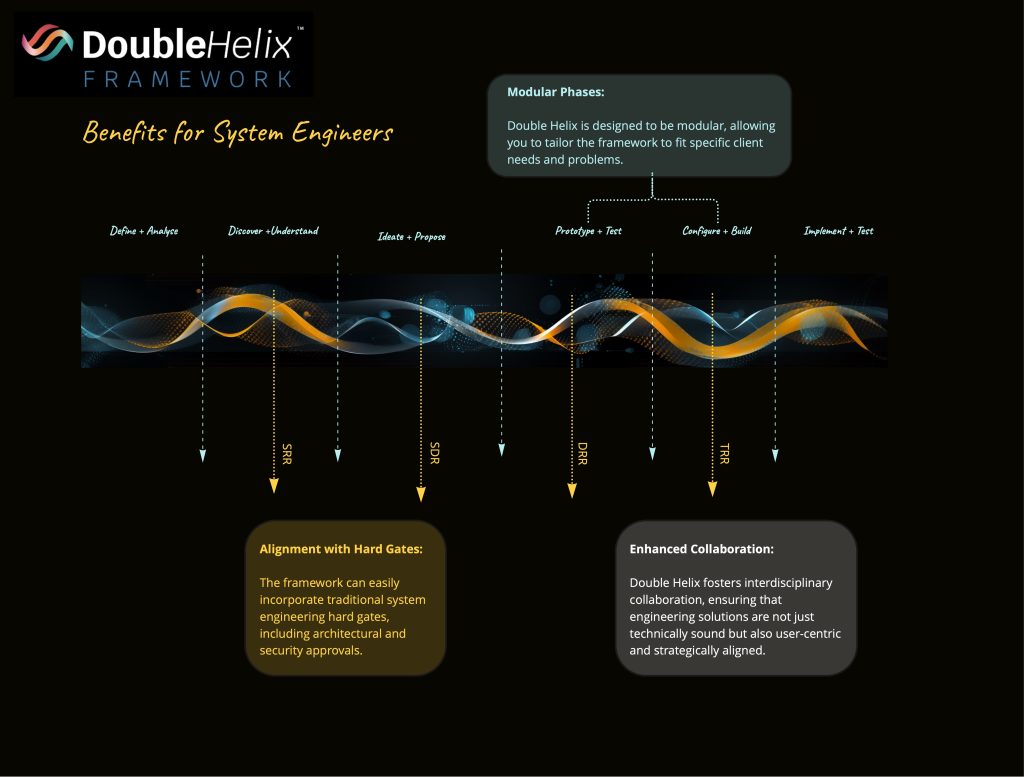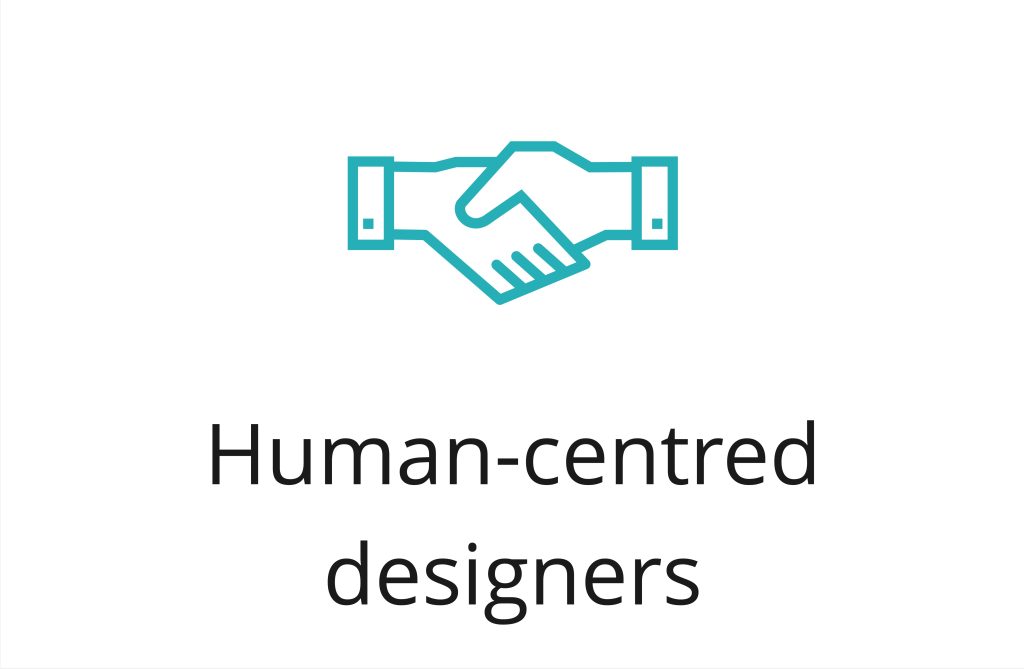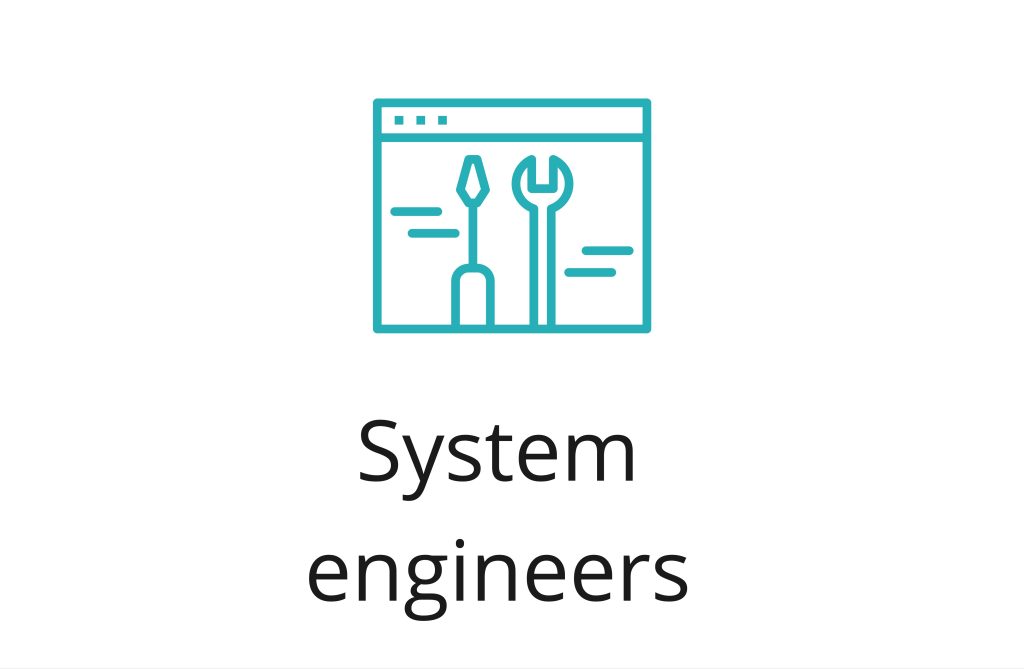Welcome, System Engineers! If you’re committed to engineering excellence, rigorous validation, and a structured approach to problem-solving, then the Double Helix framework is designed for you.
It offers a modular and adaptable methodology that seamlessly integrates with traditional system engineering phases, including hard gates like System Requirements Review, Solution Design Review, and Test Readiness Review.
How does it work?
The Double Helix framework aligns with the core principles of system engineering—rigour, validation, and scalability. It features modular phases and alignment with hard gates, to support systems engineering processes.
Structured Validation: Double Helix provides a structured approach to validation, aligning with traditional hard gates like System Requirements Review and Test Readiness Review.
Flexibility: The modular nature of Double Helix allows you to adapt the framework to meet the specific needs and challenges of different projects, from digital product development to complex problem-solving.
Strategic Alignment: Ensures that your engineering solutions are not just technically robust but also align with the broader strategic objectives of the project.

To learn more about the phases of the Double Helix process, visit our Framework Phases page.
Integrated tools and techniques
Requirements management tools
These can be used during the ‘Understanding’ phase to capture and manage system requirements effectively.
Model-based Systems Engineering (MBSE)
Useful in the ‘Ideate & Propose Solutions’ phase for creating a unified model of the system.
Simulation software
Simulation Software: Can be integrated into the ‘Prototype & Test’ phase for rigorous validation of system components.
Review checklists
These can be used during hard gate reviews to ensure all engineering and security standards are met.
Get the Framework
Download the entire Double Helix Framework as an A0 printable PDF to use with your next project!
Download The Framework
Would you like to know more?
How can you and your team benefit from the Double Helix approach?


